A beautiful warm and sunny winter day. What better thing to do that sit at your workbench and model away the day...
Ok, there've been some heavy painting sessions for the SPAD. First time I used an airbrush, and I can tell you that I learned some lessons! But now I can't imagine ever going back to brush painting. It's just amazing what you can do with an airbrush after learning a few basics (e.g. not to spill you paint bucket over your freshly painted upper wing..![Banged Head [banghead]](/emoticons/icon_smile_banghead.gif) ). As you can see from the pictures there's still lots of room for improvement. Well, there are still plenty of models to come!
). As you can see from the pictures there's still lots of room for improvement. Well, there are still plenty of models to come!
I should mention that I did nothing like a careful reseach for the proper colors of the camouflage pattern. Research is my day job - when I'm modeling biplanes, I just want to play with glue and paint... ![Whistling [:-^]](/emoticons/icon_smile_whistling.gif) So I looked a bit at the box art, the instructions, and what paints there were on my bench (ok, I also bought some new ones), and just started painting. Now I got the feeling the colors are contrasting a bit to much, maybe could be a bit more dull, and especially the greyish color on the upper side should be much mor olive... Well, next time...
So I looked a bit at the box art, the instructions, and what paints there were on my bench (ok, I also bought some new ones), and just started painting. Now I got the feeling the colors are contrasting a bit to much, maybe could be a bit more dull, and especially the greyish color on the upper side should be much mor olive... Well, next time...
I also for the first time used a coat of Future (or what we have here in Germany - "Erdal Glänzer") before I applied the decals. Decals went on nicely, but they are a bit on the thick side. Lots of MicroSol helped. The decals for the tail didn't fit at all, but I still didn't use them becaus of al the lettering. so I cut them to size, and Luckily some old red, blue and white revell enamels culd be used to paint over the gaps.
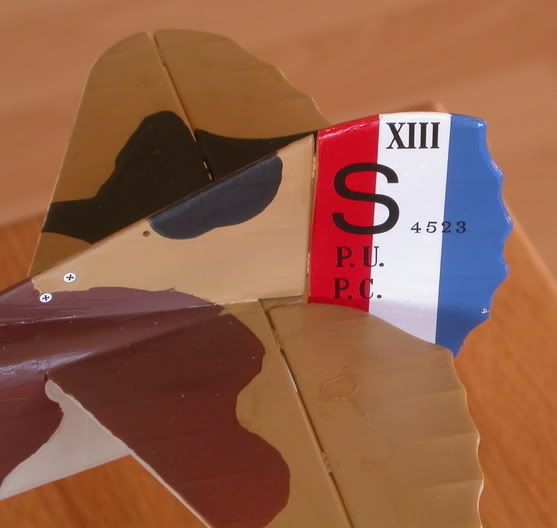
Afterwards I tried out some weathering (another "first time" here...) with watercolors at the front part, and finally gently oversprayed everything with Tamiya deck tan, flat flesh and flat earth to highlight some parts and to give it an overall dusty and worn appearance.

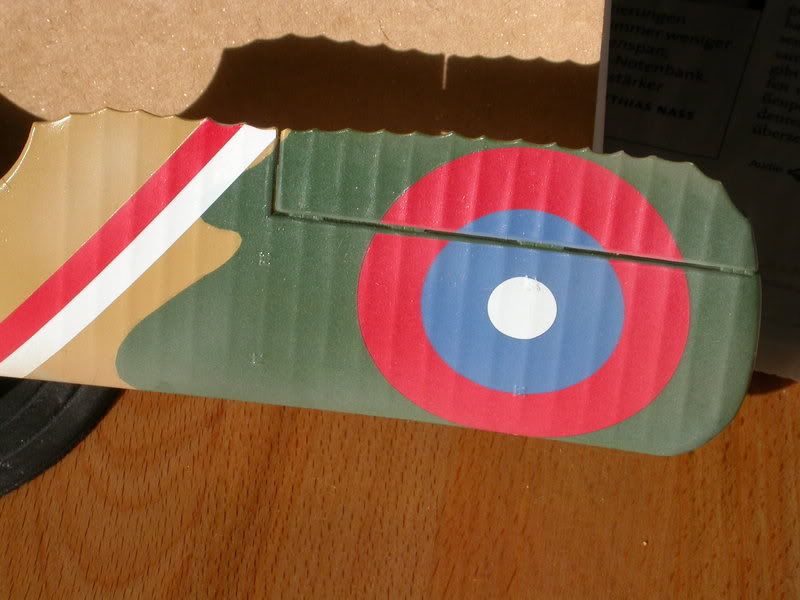
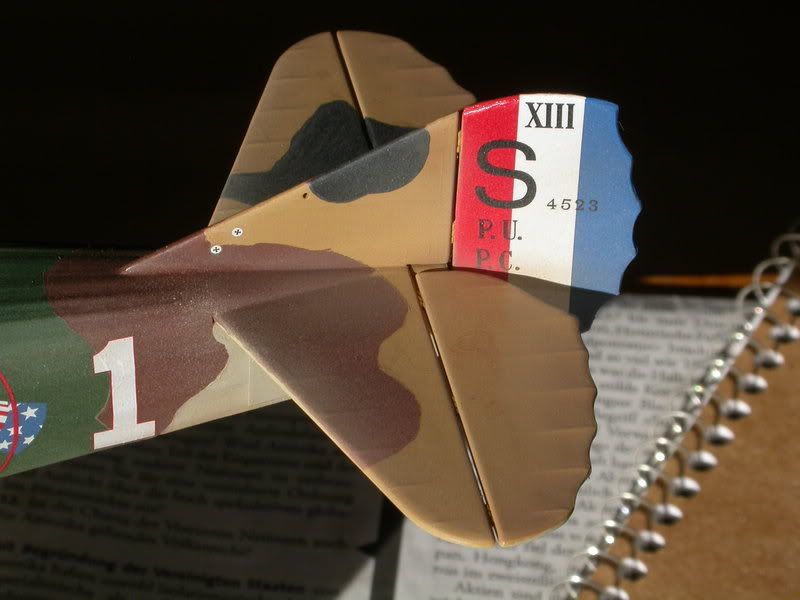
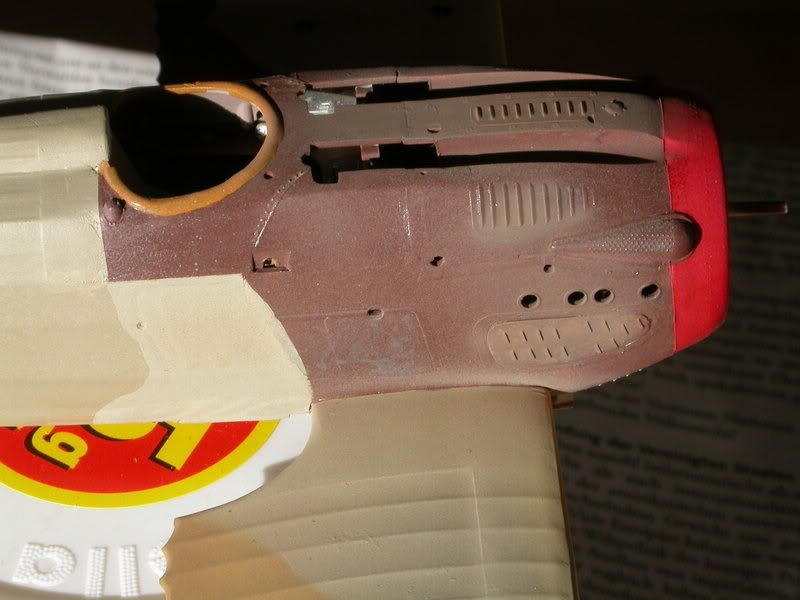
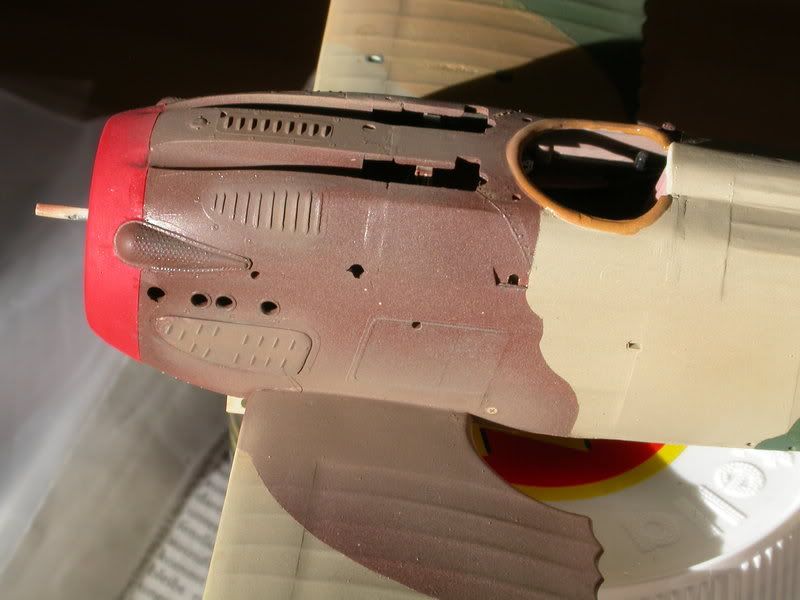
Now a few spots need to be fixed, the machine guns added, and the i can fially mount the upper wing and the landing gear. And then it's rigging time! ![Evil [}:)]](/emoticons/icon_smile_evil.gif)
All comments welcome - don't be too gentle!
SD